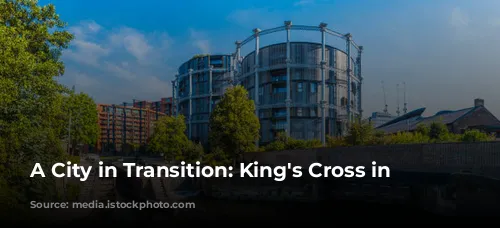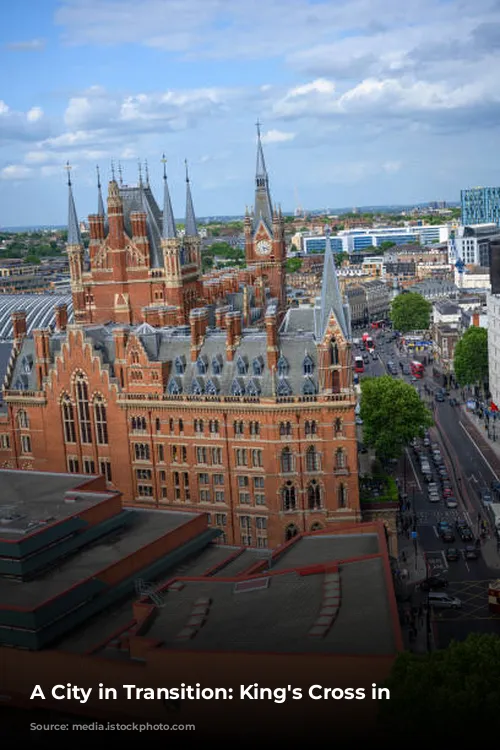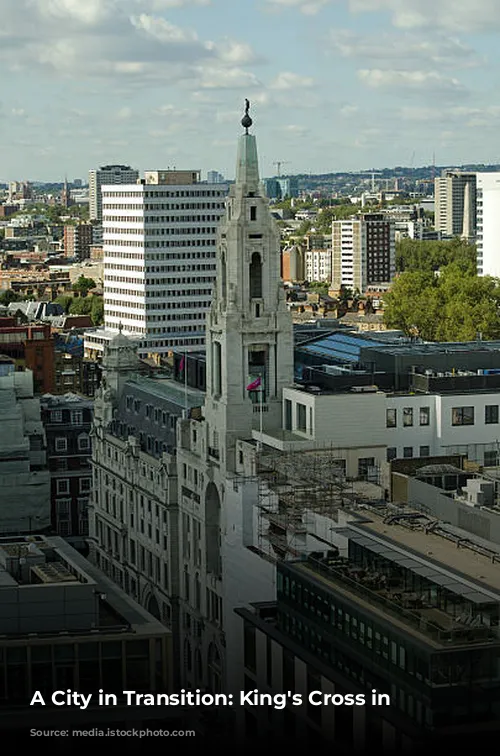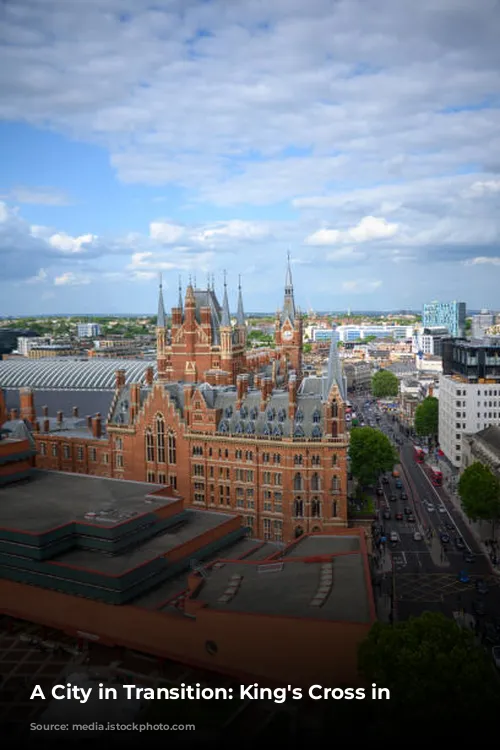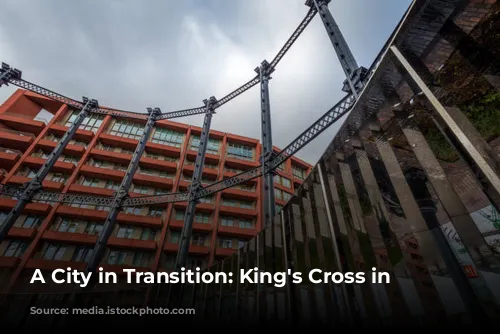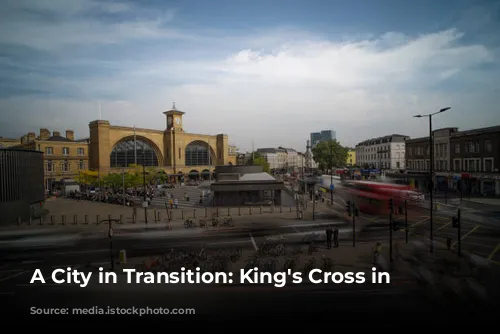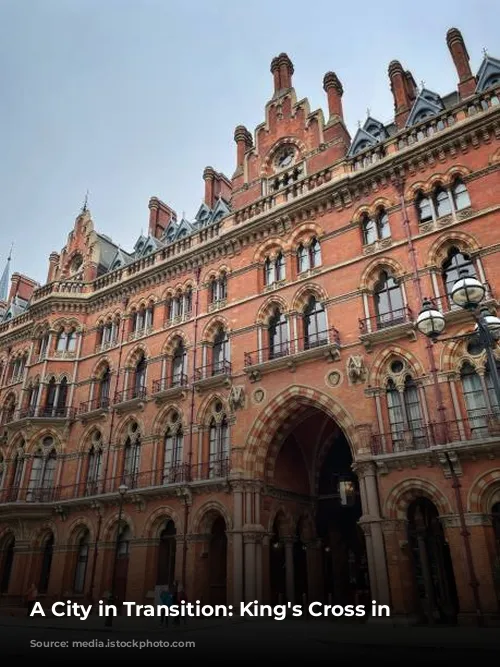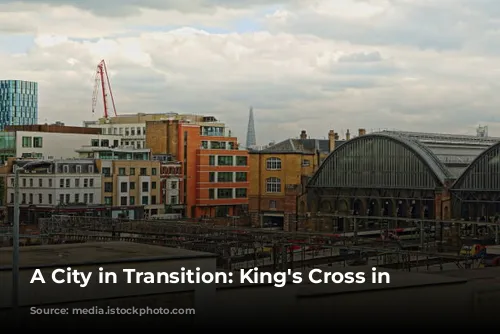It was a chilly evening as I disembarked the bus, the rain having subsided but leaving behind a lingering dampness. The Caledonian Road, or “Cally Road” as the locals called it, was teeming with life.
This paragraph introduces the setting and atmosphere of the story, focusing on the vibrant activity of the Caledonian Road despite the recent rain.
Two mothers were engaged in a heated dispute, their voices echoing through the street. Their children, oblivious to their mothers’ anger, were wreaking havoc on discarded refuse bags and a discarded sofa, which had been left on the curb. When the sofa finally gave way, the children’s laughter mingled with the honking of cars and the frustrated shouts of their mothers.
This paragraph describes a chaotic scene involving two mothers arguing and their children playing in the street, highlighting the contrast between adult chaos and children’s carefree energy.
Undeterred, the children spread themselves out on a brick wall, their mischief seemingly forgotten.
This paragraph continues the description of the children’s activities and their resilience in the face of their mothers’ anger.
I turned onto the Caledonian Road, passing an Ethiopian restaurant on the corner. Just past the library, a row of overturned shopping trolleys lay abandoned in the community gardens.
This paragraph continues the description of the Caledonian Road, highlighting the contrasting scenes of an Ethiopian restaurant, a library, and a community garden.
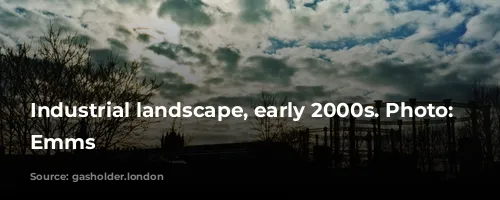
A City in Flux
In those days, York Way sliced through the vast, neglected area behind King’s Cross Station, where the groundbreaking construction of a new Eurostar terminal was underway. Former pubs and schools, in the midst of their own transformation, were veiled by scaffolding. Future hotels, restaurants, and shopping malls hinted at their future glory behind layers of plastic sheeting. Half-demolished Victorian buildings stood as skeletal reminders of a bygone era. This was a city in the throes of construction, a whirlwind of demolition and rebuilding.
This paragraph describes the area around King’s Cross Station, emphasizing the ongoing transformation of the area with the construction of a new Eurostar terminal and the redevelopment of existing buildings.
“King’s Cross is like a theater,” the owner of a local cafe on the Cally Road would tell me, his voice laced with a touch of wistfulness as he sipped his weak black coffee. He saw the diverse characters who frequented the area – prostitutes, drug dealers, construction workers, bewildered tourists – as actors playing their roles against a backdrop of dilapidated buildings and narrow alleyways.
This paragraph presents the owner of a local cafe’s perspective on King’s Cross, comparing it to a theater with its diverse characters and dramatic backdrop.
“No, it’s like a port,” an older patron at the cafe would chime in, his face etched with the lines of a lifetime of experiences. “It’s the last place in London that feels like a port.”
This paragraph offers a contrasting perspective from a different customer, who sees King’s Cross as a “port” reflecting its history of arrival and departure.
He would then explain that the area’s history was marked by cycles of progress and decline, a constant ebb and flow of change. “Change is inevitable,” he would say, his voice weary with experience. He was right. There was a palpable sense of transience in the air.
This paragraph elaborates on the older patron’s perspective, focusing on the area’s cyclical history of change and emphasizing the inevitability of progress.
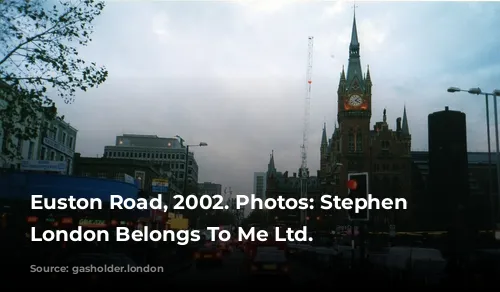
A City in Repose
But at nightfall, this feeling of impermanence seemed to freeze. If you peered through the railings that surrounded the sprawling construction site, you could see a dozen dumpsters filled with debris, their sides stained with mud. Forklifts and tractors stood immobile, their engines silent. The orange glow of the streetlights reflected in the puddles of rainwater, casting an ethereal glow over the scene. There was an unsettling stillness, a hushed silence that permeated the air. It was central London, yet it felt utterly deserted.
This paragraph describes the transformation of King’s Cross at nightfall, contrasting the daytime hustle and bustle with the stillness and silence that descend upon the area at night.
The complexion of York Way shifted with the passage of time. During rush hour, it was a congested artery of traffic, a relentless stream of vehicles. But as twilight settled, the road was enveloped in a tentative silence, a brief respite from the city’s relentless energy. On weekends, the street would overflow with revelers spilling out of warehouse parties, their voices and laughter filling the air. But on that particular night in 2002, the road seemed to be yawning, its energy depleted. Only the occasional black cab sped past, breaking the spell of the night.
This paragraph continues the exploration of the shifting character of York Way, highlighting the contrasts between the busy traffic of rush hour, the quiet of twilight, and the lively energy of weekend parties.
I continued my walk up the hill, navigating the uneven pavements littered with “men-at-work” signs and overturned bollards. Gazing at the vast construction site of the new terminal, at the towering cranes and the earth-moving bulldozers, I couldn’t help but feel a sense of unease. Would our capital ever be the same again?
This paragraph describes the author’s walk through the area and their sense of unease about the future of London in the face of the ongoing construction.
But then again, I thought, haven’t Londoners been asking themselves that same question for centuries? In the end, only one thing is certain: we’re all just passing through.
This paragraph reflects on the cyclical nature of change in London and the universal truth that we are all transient visitors on this earth. This final thought provides a sense of closure and perspective.


